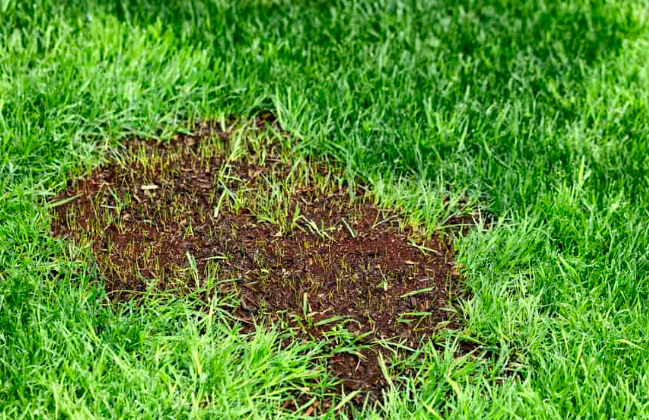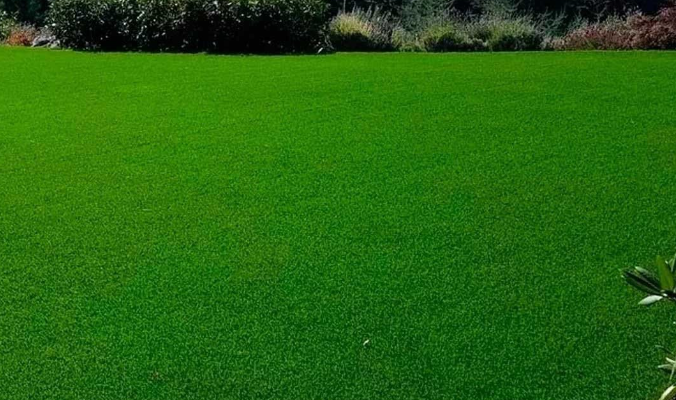Gardening aficionados and lawn enthusiasts rejoice! This comprehensive guide will walk you through the best methods and materials for covering your new grass seed. A lush, green lawn is just a few steps away, and we’re here to guide you through each one. Ready to uncover the secrets of a thriving property? Let’s dive in! Your lawn’s transformation awaits.
📢Read also: 6 Best Car Detailing Shops in Houston
🌾 Understanding the Importance of Covering New Grass Seed
Grass seed, when adequately covered and protected, has a significantly higher chance of germination and survival. The adequate cover provides the roots with the much-needed insulation against fluctuating temperatures, moisture retention, and protection from birds and other seed predators.
| Importance | Details |
|---|---|
| Protection | Guards against predators, weather elements |
| Moisture | It helps retain crucial water |
| Temperature | It provides insulation against temperature shifts |
🌱 How to Cover New Grass Seed: Best Practices
Covering new grass seed isn’t just about throwing anything on top; the suitable material makes all the difference. There are several options, including straw, peat moss, and commercial seed covers, each with unique benefits.
Straw is a traditional choice, being readily available and cheap. However, it might contain weed seeds and can blow away in strong winds.
Peat moss is a superior alternative, offering excellent moisture retention and weed suppression. However, it can be more expensive than straw.
Commercial seed covers are specially designed products offering optimal seed protection and nutrition. These often come with a higher price tag but can provide significant benefits.
🍃 Best Cover for Grass Seed: Top Recommendations
When choosing the best cover for your grass seed, consider your budget, lawn size, and local weather conditions.
- Straw: Ideal for large lawns and budget-conscious gardeners
- Peat Moss: Perfect for smaller yards and excellent moisture retention
- Commercial Seed Covers: Optimal choice for the best protection and nutrition
What Is The Best Material To Cover a New Grass Seed?
A lightweight material is needed to protect the seeds and young grass while allowing them to sprout and grow. Options such as straw mulch or wood chips can be used to cover the seedbeds. This will help prevent erosion and wind damage while helping retain moisture in the soil. Additionally, an organic fertilizer may be added to ensure optimal growth of your plants. With these easy steps, you’ll have healthy solid turf lasting for years!
Cover Grass Seed With Grass Clippings

This easy solution offers a great way to reuse what would otherwise be wasted. It benefits the environment and will help protect new seedlings and give them nutrients as they grow.
Cover Grass Seed With Peat Moss
Peat moss is applied to the soil to protect grass seeds and add nutrients. It comes in dense bunches, which should be loosened before laying a soft layer over the soil and grass seed. Immediately after application, it is essential to water the area thoroughly for optimum results.
Cover Grass Seed With Clear Plastic
Polyethylene plastic sheeting is a valuable tool for protecting grass seeds during germination. Clear plastic should prevent excessive heat buildup and encourage healthy growth. Once sprouts appear, the plastic can be removed from the soil. This simple technique eliminates the need for straw, mulch, or compost, thus making it easy to ensure optimal conditions for successful seed germination.
Cover Grass Seed With Leaves
An ideal solution in the fall for free and easily accessible mulch is right at home! Leaves can cover new grass seeds, but it is essential to ensure they are shredded or mulched first. If large leaves are left whole, they may block out light, which could smother the newly planted grass.
Cover Grass Seed With Straw
Straw is an ideal cover for new grass seed, as it is available in numerous varieties and relatively inexpensive. Its use should be carefully considered, though, since straw containing weeds or seeds can hurt the growth of the desired plants. To avoid these issues, wheat, oat, or barley straw are preferable to pine straws due to their terpene content.
Cover Grass Seed With Fabric
Burlap protects your lawn from the elements, especially in the fall. It helps to lock moisture into the ground and keep out predators, sun, and frost. The fabric is ultra-lightweight and water-permeable, making it an optimal solution for protecting young grass from damage. Additionally, it’s much more affordable than other options on the market.
🚨You may be interested in: 6 Best Car Detailing Shops in Charlotte
🌳 Protecting Grass Seed: Important Considerations
Proper covering of your grass seed is just one aspect of ensuring a healthy lawn. Regular watering, appropriate fertilization, and lawn maintenance should also be part of your grass-care routine.
💧 Conclusion: The Art of Covering Grass Seed for a Greener Lawn
Covering grass seed is an art that requires careful thought, suitable materials, and proper application techniques. Whether you choose straw, peat moss, or a commercial seed cover, what matters most is protecting your seeds to enable them to grow into a lush, green lawn.

